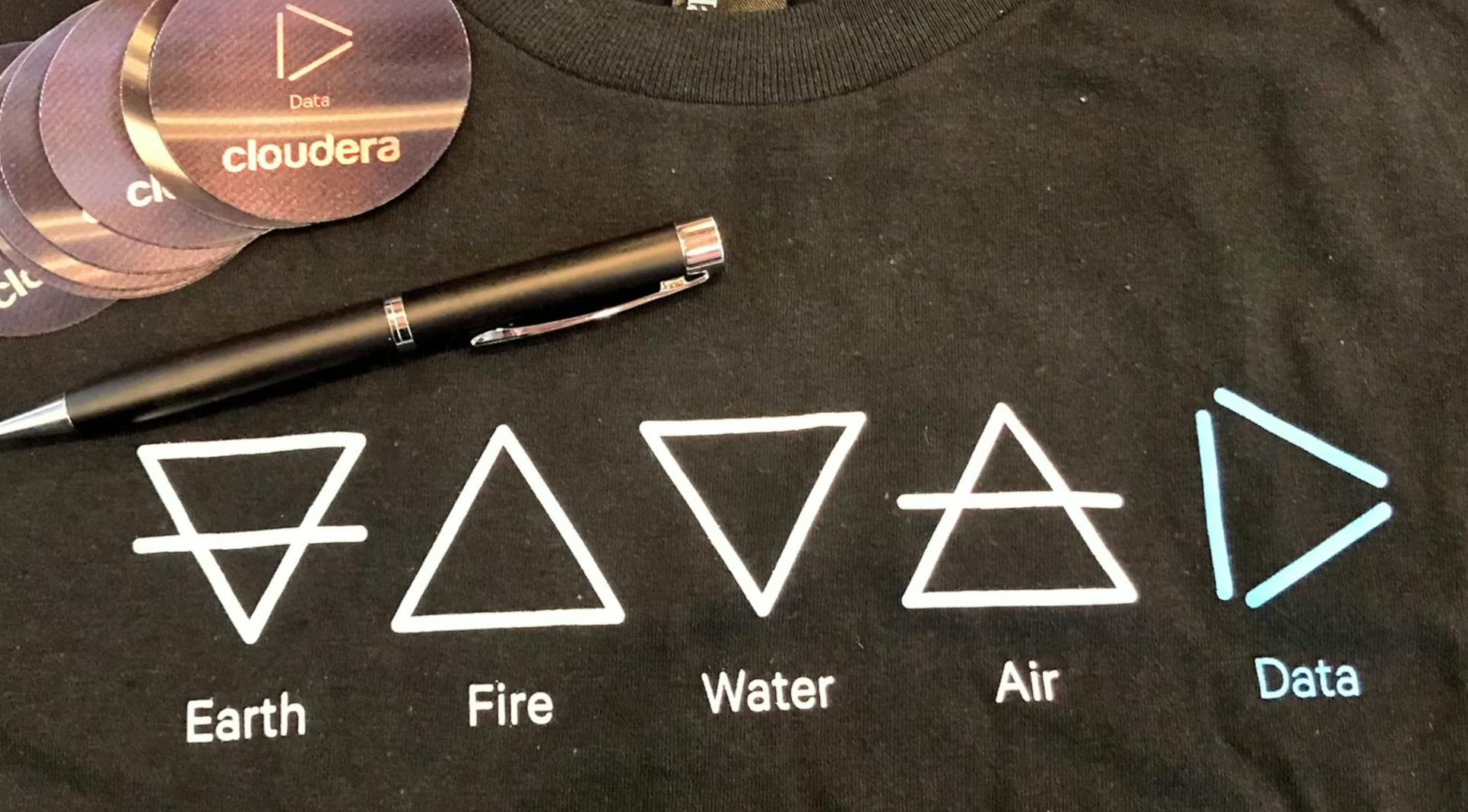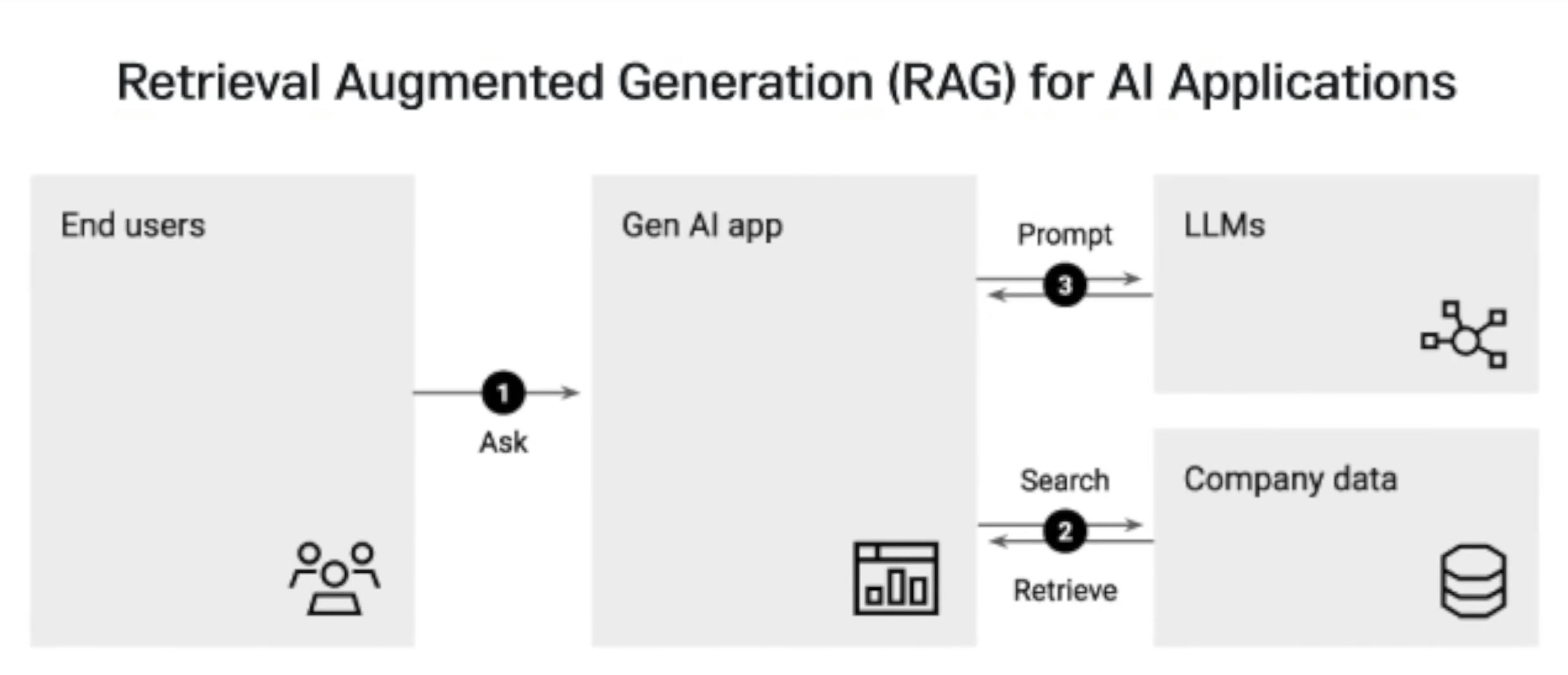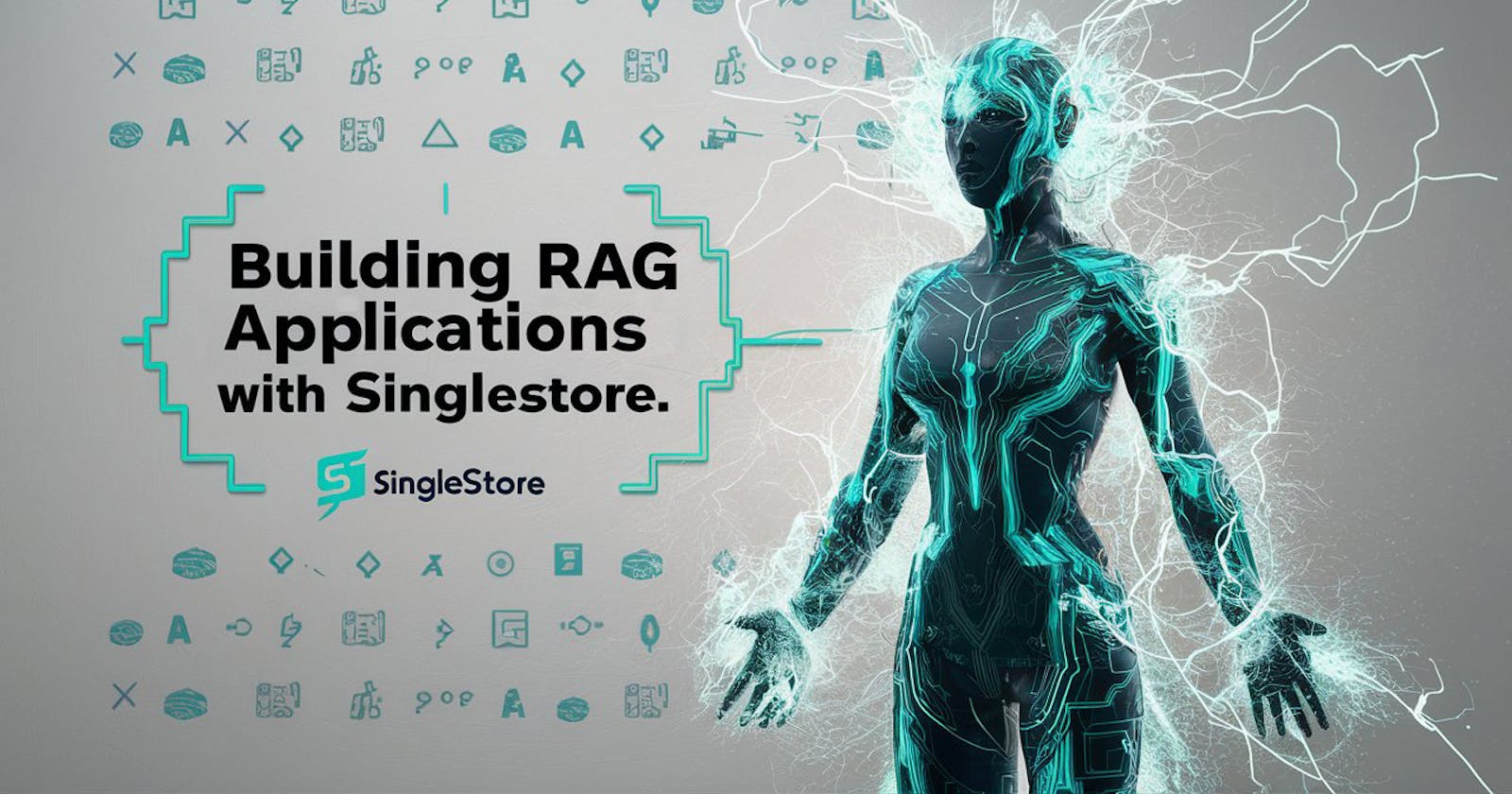Imagine having a virtual assistant that can understand and perform a wide range of tasks, just like a human. That's the essence of Gen AI – artificial intelligence systems that possess some general intelligence capabilities, rather than being limited to specific tasks, it can adapt to most of the tasks that you throw its way.
Let me break it down for you with a real-world example. Remember when you were a kid learning to ride a bike? At first, it felt like a daunting task, trying to balance and steer on two-wheels. But as you practiced and gained experience, you developed a broader understanding of how to handle not just one type of bike, but all sorts of them – mountain bikes, road bikes, and maybe even those fancy unicycles (if you were a daredevil).
Gen AI works in a similar way. It's like having a versatile toolkit that can tackle a wide range of challenges, from navigating complex tasks to assisting with everyday routines. Just like you adapted to different bikes, Gen AI can apply its knowledge and capabilities across various domains, making it a true multitasker.
One of the most exciting applications of Gen AI is in virtual assistants like Siri, Alexa, or Google Assistant. Imagine asking your virtual pal to check the weather forecast, set a reminder, and then seamlessly transition to playing your favorite tunes – all without missing a beat.
Why Data is King in AI

Alright, now that we've got a taste of Gen AI, let's talk about the secret sauce that makes it all possible – data. In the realm of AI, data is like the lifeblood, the raw material that fuels our algorithms and machine learning models.
Think of it this way: you're a chef cooking up a new recipe. What's the first thing you need? Ingredients, of course! In the world of AI, data is our ingredients. Just like a skilled chef selects the freshest produce and finest spices, we need high-quality data to train our AI models and ensure they perform at their best.
But where does this data come from, you ask? Well from everywhere, Websites, sensors, social media – you name it. The more diverse and abundant our data, the richer and more flavorful our AI models can become.
However, not all data is created equal. Just like you wouldn't want to use spoiled ingredients in your cooking, we need to ensure our data is clean, relevant, and reliable. Garbage in, garbage out – poor data quality can lead to inaccurate and unreliable AI predictions. It's like trying to bake a cake with moldy flour – not exactly a recipe for success!
So, why is data so darn important in AI? Think of it like being a detective solving a mystery. The more clues and evidence you have, the better your chances of cracking the case. Similarly, the more data we feed our AI models, the better they can understand patterns and solve problems.
Making AI Apps Smarter: Data-Awareness
Alright, now that we've established the importance of data, let's talk about how to make our AI applications truly data-aware. A data-aware AI app doesn't just process data blindly; it understands the context, relevance, and potential biases within that data.
Imagine you're a chef again (bear with me, I love food analogies), but this time, you're not just throwing random ingredients together. Instead, you carefully select each one based on its flavor profile, nutritional value, and how it complements the other ingredients. That's what a data-aware AI application does – it interprets and utilizes data effectively, leading to smarter and more accurate AI systems.
To achieve this data-awareness, AI developers use techniques like feature engineering, where relevant aspects of the data are identified and extracted to enhance the model's performance. It's like picking out the essential flavors and aromas that make a dish truly special.
They also use data normalization and pre-processing to ensure the data is clean, consistent, and free from biases. It's the equivalent of properly preparing your ingredients – washing, chopping, and seasoning them just right.
But wait, there's more! Data-aware AI apps can even generate synthetic data to supplement existing datasets, improving the model's robustness. It's like creating new flavor combinations or experimenting with different cooking techniques to keep your dishes exciting and fresh.
And just like a skilled chef constantly refines their recipes based on feedback, data-aware AI apps incorporate monitoring and feedback mechanisms to continuously learn from new data and adapt their behavior over time.
Introducing Retrieval Augmented Generation (RAG)

Now that we've covered the basics of Gen AI and the importance of data, let's dive into – Retrieval Augmented Generation (RAG). Think of RAG as your personal AI concierge, combining the powers of retrieval-based methods and generative models to provide you with tailored, personalized experiences.
Imagine you're traveling to a new city and looking for recommendations on the best restaurants and attractions. Traditionally, you might scour through countless online reviews or guidebooks, go through a vast pool of data (retrieval-based methods). But with RAG, it takes things a step further.
RAG doesn't just retrieve existing recommendations; it generates personalized suggestions tailored to your preferences and interests. It's like having a knowledgeable local guide who not only shares the popular spots but also customizes the recommendations based on your tastes. Imagine that – your very own AI tour guide!
But why is RAG so useful, you ask? Well, in traditional search engines, you're limited to the information available on indexed web pages. With RAG, you can use both existing knowledge and generate new insights on the fly. It's like having access to an endless repository of information that evolves and adapts according to your needs.
Building Your Own RAG-based Applications:

Alright, let's dive into the nitty-gritty of building your own RAG-based applications. Think of it as going on a culinary adventure, where you'll be combining various ingredients (technologies and tools) to create a delectable AI feast.
Before we start cooking, though, let's gather our ingredients:
A solid understanding of Natural Language Processing (NLP) concepts: This is like learning the basics of flavor profiles and cooking techniques. You'll need to be familiar with retrieval models (which fetch relevant information from vast data bases) and GPT models (which produce coherent and contextual responses).
Proficiency in machine learning frameworks: Just like a chef needs their trusty pots and pans, you'll need to be comfortable using tools like LangChain or LlamaIndex to implement and fine-tune your models.
Access to extensive data sets: Remember how we talked about the importance of high-quality ingredients? Well, in the AI world, that means having access to comprehensive data sets that cover a wide range of topics and contexts. This will help train your models to understand and generate more accurate and relevant responses.
Software development skills: Once you've trained your AI models, you'll want to serve them up in a user-friendly application. That's where some coding chops come in handy, allowing you to deploy your creations on websites or mobile apps.
A creative mindset and passion for innovation: Just like a great chef constantly experiments with new flavor combinations and cooking techniques, you'll need a creative mindset and a passion for pushing boundaries. Now, let's talk about the tools and resources that can help make your AI adventure a success. One standout option is SingleStore, a versatile database designed to handle both transactional and analytical needs. Think of it as a Swiss Army knife for your data needs.
SingleStore has been rocking vectors and semantic search since 2017, making it a seasoned veteran in the RAG game. But wait, there's more! SingleStore also lets you mix and match your data like a pro, seamlessly combining SQL, JSON, and even hybrid searches that combine keyword matches with vector-based semantics. And the best part? It does all this in milliseconds, faster than you can say "RAG-tastic!"
But SingleStore isn't just riding the hype train; it's been a true pioneer in the world of real-time, multi-model AI. Imagine having a database that can crunch numbers for in-app analytics while simultaneously diving into petabytes of data for your SQL aggregations. That's what SingleStore brings to the table.
To help you get started on your RAG journey, SingleStore offers a lot of resources, including webinars, documentation, and hands-on coding sessions. Because let's be real, nothing beats learning by doing and learn in public, right? It's like taking a cooking class with a seasoned chef, but instead of whipping up a fancy soufflé, you'll be crafting cutting-edge AI applications.
The Takeaway
Phew, that was a lot to take in, wasn't it? But hey, that's the beauty of Gen AI and RAG – they open up a ton of possibilities, and the only limit is your imagination.
To recap, we've covered the basics of Gen AI and how it's revolutionizing the way we think about artificial intelligence. We've explored the importance of data and the art of making AI applications data-aware, ensuring that our models are fed with high-quality, relevant information.
Then, we dove into the magic of RAG, it combines retrieval-based methods and GPT models to provide personalized, contextual experiences.
But the real excitement lies in building your own RAG-based applications. With the right tools, resources you can craft AI solutions that solve real-world problems and make people's lives easier (or just impress your friends with your tech wizardry – I won't judge).
So, what are you waiting for? Gather your ingredients, fire up your coding editor, and get cooking! The world of Gen AI and RAG is yours to explore, and who knows, maybe you'll be the one to create the next game-changing AI application.
And remember, if you ever get stuck or need some inspiration, just reach out. Happy coding, and may the RAG be with you!

